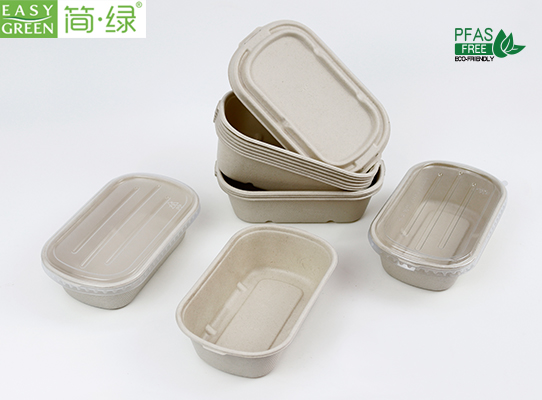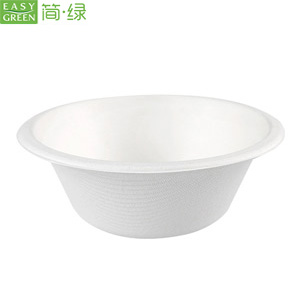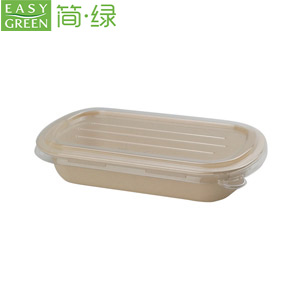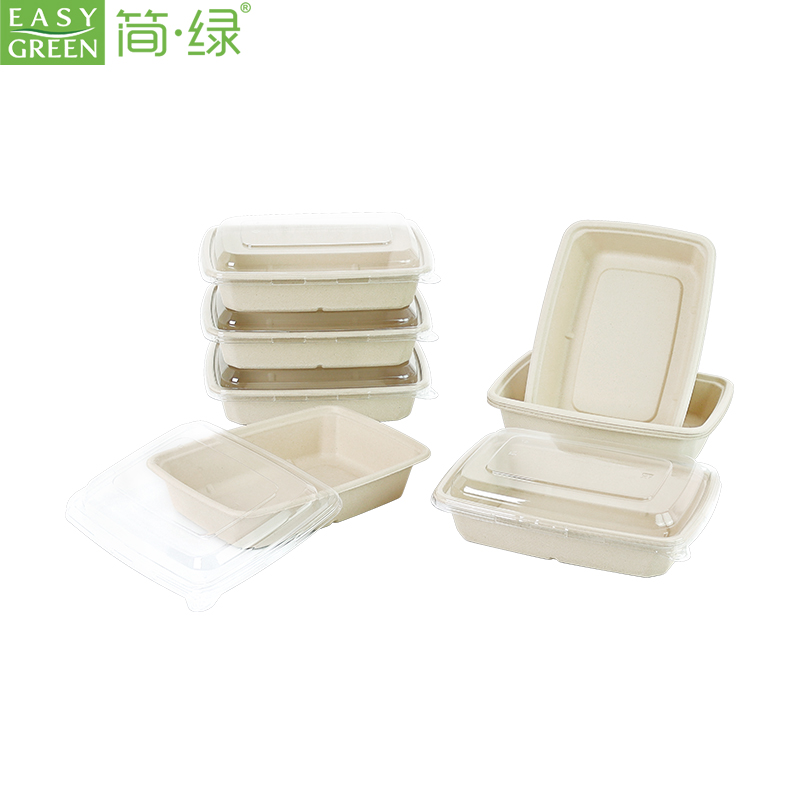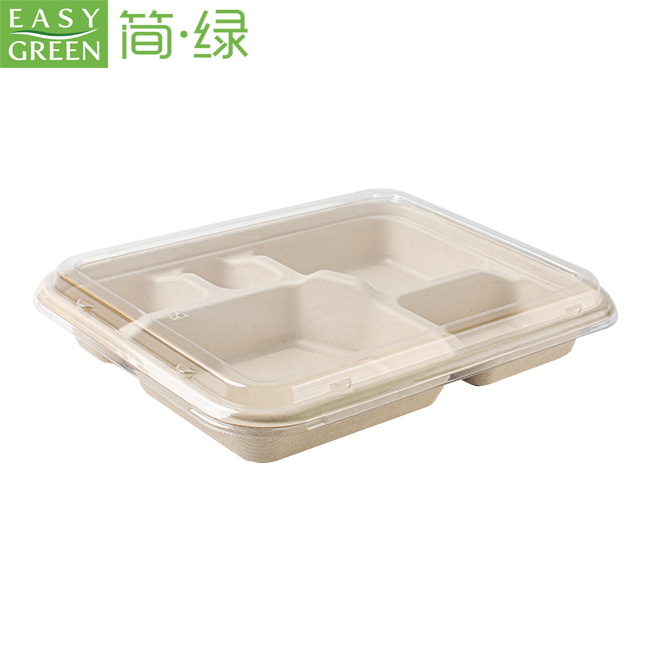Compared to packaging, food has a greater impact on the environment. While the primary purpose of food packaging is to protect the food, sustainable development has become the main strategy for protecting the environment. Sustainable packaging designs that meet modern requirements should be emphasized to enable eco-friendly food packaging suppliers. A sustainable food packaging design framework can be established to assess and strengthen environmental safety.
Creative stage of bio-packaging for food
The product packaging design process is divided into three stages. Firstly, the product is defined according to specific eco-friendly food packaging market objectives, including key success factors and product plans that help achieve those objectives. The first stage involves creating and narrowing packaging ideas. The second stage is the analysis of technical and economic issues. The third stage is the testing of these functions. These details are added to the design stage so that alternative solutions can be evaluated, taking into account sustainable solutions during the subsequent specification stage of the packaging.
Sustainable value of designing bio-packaging for food
In analyzing the design methods for bio-packaging for food, the research on food loss in existing packaging designs comes first. Because preserving food freshness is paramount, manufacturers must consider whether higher material density benefits better preservation, even if the cost is higher or more emissions are produced. The first step in establishing a framework must take into account the minimum requirement for food freshness. The packaging's function must be suitable for product protection and packaging and must meet the following minimum requirements:
The product must be preserved.
Both users and the environment must be safe.
Government requirements must be met.
For food storage for the longest time possible, environmental impact must be considered while minimizing food waste as much as possible. To meet each of these minimum requirements, the packaging must protect products from influences such as water, temperature, gases, sunlight, spoilage, other flavors, and fragrances. During transportation and retail, bio-packaging for food must be sturdy enough to prevent any damage and breakage. It must meet legal requirements for packaging waste directives. Legal requirements reduce the use of heavy metals and require all packaging to be recyclable.
Optimizing sustainable food biopackaging
One key aspect of ensuring bio-packaging for food conforms to sustainable development requirements is to avoid toxic substances. Harmful additives in food detrimental to health should not be included solely to meet production and distribution requirements. In the second step of the framework planning, potential threats can be analyzed and identified. This approach can help designers weigh the pros and cons of packaging materials. When threats outweigh benefits, designers should start considering other options. The framework for sustainable food packaging design.
Designers must consider the interplay of technology and economics, where it is usually beneficial to have minimal waste produced during the production process by existing machines. During transportation and storage of materials, they should occupy minimal space and exploit the flat shape to achieve packaging efficiency.
 English
English 
